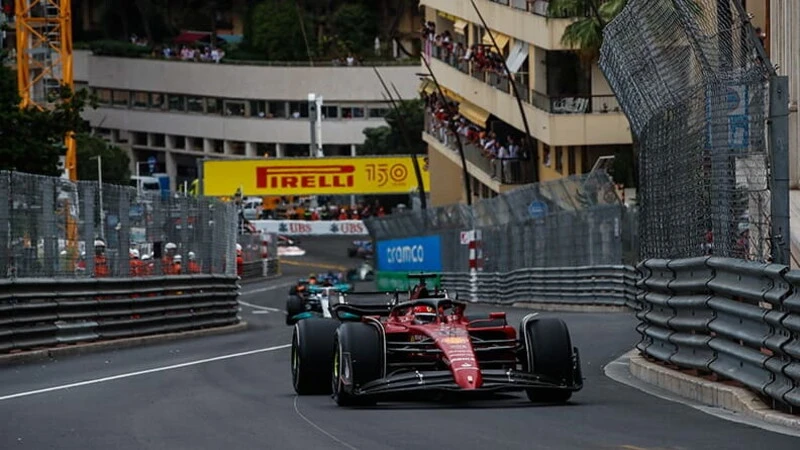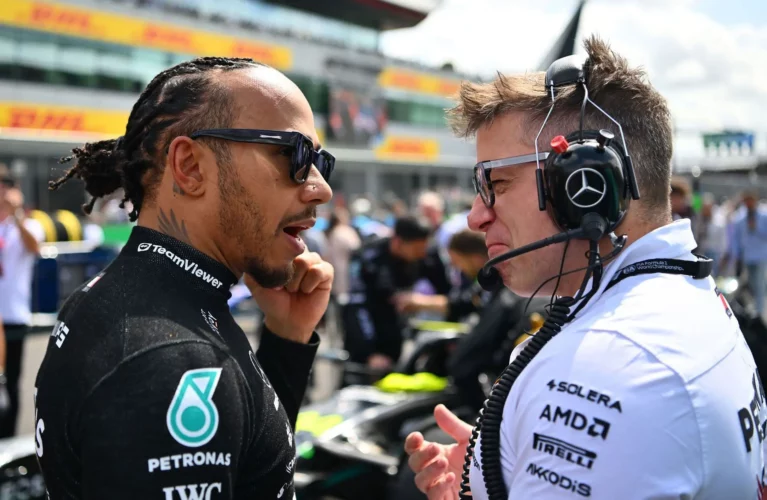The Monaco Grand Prix, a jewel in the crown of Formula 1, isn’t just about raw speed and horsepower. Held annually on the iconic Circuit de Monaco, this glamorous race demands exceptional driving skill and strategic maneuvering. But how long is this legendary race, exactly? How many laps is Monaco GP?
The answer might surprise you. Unlike other Formula 1 races with a mandated minimum distance of 305 kilometers, the Monaco Grand Prix operates under its own unique set of rules. Here, the victor is crowned after conquering a specific number of laps, not reaching a predetermined distance.
Unveiling the Lap Count: 78 Laps to Glory
So, how many laps is Monaco GP? Buckle up, because drivers must navigate a grueling gauntlet of 78 laps to claim the coveted checkered flag. Yes, 78 laps around the narrow, winding streets of Monte Carlo separate a driver from Formula One glory.
This specific number isn’t arbitrary. The 78-lap format ensures the race reaches a minimum time of two hours, adding another layer of strategic complexity. While the Circuit de Monaco itself is only 3.337 kilometers long, completing 78 laps translates to a total race distance of approximately 260.286 kilometers.
Why 78 Laps? A Look at the Unique Challenges of Monaco
The decision to determine the winner based on laps, rather than distance, stems from the inherent challenges of the Monaco circuit. Unlike most Formula One tracks, the Circuit de Monaco is a street circuit, meaning it’s not a purpose-built racetrack but a network of public roads temporarily closed for the race.
This unique design translates to several crucial factors that influence the lap count:
Short Circuit Length
The Circuit de Monaco is one of the shortest tracks in Formula One. The tight and twisty nature of the 3.337-kilometer circuit means that to reach the mandated minimum race distance of 305 kilometers, an extraordinary number of laps would be required. This would make the race excessively long, potentially leading to driver fatigue and a less engaging experience for spectators.
Tight Corners and Low Speeds
The Monaco circuit is notorious for its tight corners and narrow passages. These features restrict car speeds and limit overtaking opportunities, making a longer distance race less exciting from a competitive standpoint. The layout demands precision driving and limits the potential for high-speed duels, which is why a fixed number of laps is more suitable.
Safety Concerns
The tight confines of the circuit pose significant safety risks. The narrow streets, combined with the proximity of barriers, leave little room for error. A longer race with increased fatigue and potential for wear and tear on the cars could raise these risks even further. The 78-lap format helps mitigate some of these safety concerns by keeping the race duration within a manageable timeframe.
By opting for a 78-lap format, the Monaco Grand Prix organizers strike a perfect balance. The race maintains a two-hour minimum duration, ensuring a thrilling spectacle for fans. It also keeps the competition intense by necessitating strategic pit stops, tire management, and pinpoint-accurate driving through the unforgiving streets.
Read More: Top 10 Monaco Grand Prix Records: Speed, Strategy, and Success on the Circuit de Monaco
Mastering the Rhythm: The Strategic Significance of 78 Laps
How many laps is Monaco GP? Knowing the answer isn’t just about trivia. The 78-lap format plays a crucial role in the strategic decisions teams and drivers make throughout the race.
Tire Management
Unlike faster circuits where tire degradation is less pronounced, the tight corners of Monaco put immense stress on tires. Drivers and teams must carefully manage their tire wear over the 78 laps, potentially implementing multi-stop strategies to maintain optimal grip. The surface of the street circuit is less abrasive than traditional tracks, yet the frequent braking and acceleration still challenge tire longevity.
Fuel Efficiency
With the focus on tight maneuvering rather than outright speed, fuel efficiency becomes a significant factor. Teams must calculate their fuel consumption carefully to ensure drivers can complete the entire 78 laps without running out of fuel. Monaco’s circuit demands precision, and fuel strategy is crucial in ensuring that the cars remain competitive throughout the race.
Pit Stop Strategy
The 78-lap format necessitates well-timed pit stops for tire changes and adjustments. Teams need to strategically plan pit stops during periods of lower activity on the track to avoid losing valuable racing time. Given the difficulty of overtaking on the narrow streets, any time lost during a pit stop can be detrimental to a driver’s position.
Overtaking Opportunities
The narrowness of the circuit makes overtaking maneuvers notoriously difficult in Monaco. The 78-lap format plays a role here too. Drivers who qualify well and secure a strong starting position have a significant advantage, as overtaking during the race is less likely. Hence, qualifying becomes almost as important as the race itself.
Understanding the strategic implications of the 78-lap format is crucial for any team hoping to conquer the Monaco Grand Prix. It’s a race where patience, precision, and strategic prowess are just as important as raw speed.
Conclusion
In summary, how many laps is Monaco GP? The answer is 78 laps, each packed with its own set of challenges and strategic decisions. This iconic race, held on the narrow streets of Monte Carlo, is not just about speed but about skill, strategy, and precision. The unique format and the rich history make the Monaco Grand Prix a crown jewel in the Formula One calendar, capturing the imagination of fans and drivers alike year after year.
From the meticulous planning of pit stops to the careful management of tires and fuel, every aspect of the 78-lap race requires flawless execution. The race’s glamorous setting and storied past only add to its allure, making it a must-watch event for motorsport enthusiasts around the world. Whether you’re a die-hard Formula One fan or a casual viewer, the Monaco Grand Prix offers a spectacle unlike any other, showcasing the very best of racing in one of the most beautiful locations on the planet.




